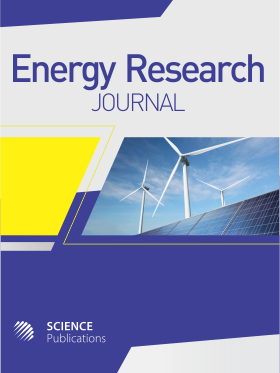Daily distribution Map of Ozone (O3) from AIRS over Southeast Asia
- 1 University Sains Malaysia, Malaysia
Abstract
Problem statement: Daily retrieved Ozone (O3) column data for 12 day for periods varying (11-18 August) 2005 and 2003 and (12-19 February) 2005, obtained from the Atmospheric Infrared Sounder AIRS, are utilized to investigate the ozone distribution over the Southeast Asia. Approach: AIRS included on the Earth Observing System (EOS) Aqua satellite launched on 4 May 2002. Ozone (O3) is the gas that naturally present in our atmosphere and is a critical atmospheric trace species in the stratosphere and troposphere. Most ozone resides in the stratosphere. Ozone can be “good” or “bad” for your health and the environment. Closer to Earth, in the air we breathe, Ozone is a harmful pollutant that causes damage to lung tissue and plants; it is a major constituent of smog. Results: The aim of this study was to investigate Daily Distribution map and Indonesia forest fires influences on O3 over Peninsular Malaysia and Thailand. The land use map of the study area was conducted by using total column O3 obtained from AIRS/Aqua Level 3 Daily (AIRX3STD) 1×1° spatial resolution ascending Standard, are used to study the O3 distribution and the impact of Indonesia forest fire. Considerable variations demonstrate annual changes in rainfall and drought patterns in various seasons (dry and wet season). Note such variations in the Ozone emissions over study area, while highest O3 occurs over Industrial, congested urban zones and existence of Swamps and lakes during dry season and a greater draw down of O3 occurs in the pristine marine environment over Surat Thani during wet seasons. Conclusion/Recommendations: In particular, we observe a quasi-biennial variation in O3 emissions from study area with two contrary cases, the higher concentrations around the equatorial regions at dry season and less at wet season. Examining satellite measurements, we find the enhanced O3 emission correlates with occasions of less rainfall during dry season.
DOI: https://doi.org/10.3844/erjsp.2010.158.164

- 4,212 Views
- 3,092 Downloads
- 8 Citations
Download
Keywords
- AIRS
- ozone
- peninsular Malaysia
- AMSU
- Indonesia forest fires
